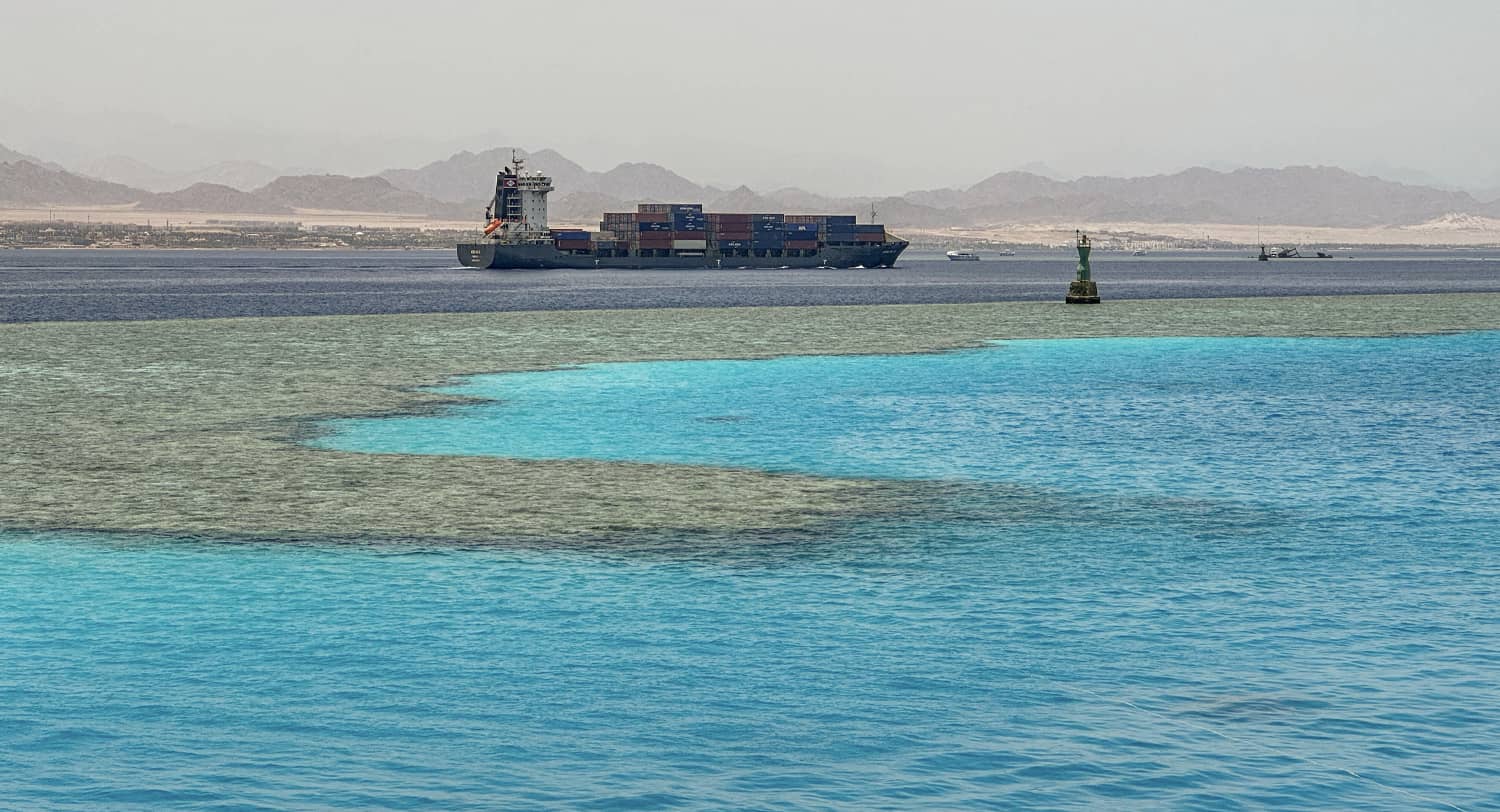Once upon a time, violent turmoil in the Middle East would spike oil prices, sending the global energy markets and the economies of industrial countries into disarray. This was the case of the 1973 Arab-Israel war, when Middle East oil producers deployed an oil embargo, shifted the balance of market power from buyers to sellers and ushered in the heyday of OPEC dominance. After Iraq’s invasion of Iran in September 1980, once again prices skyrocketed. A third shock, more short-lived, was caused by the Kuwait crisis and “Desert Storm” in 1990-1991.
In contrast, the recent outbreak of conflict in the Middle East had less impact on global energy markets than the war in Ukraine (with its impact on gas supply to Europe). The war in Gaza , now into its fourth month, has no direct effect, nor have regional oil or gas producers responded with export-control measures. Neither Hamas in Gaza nor Hizbullah in Lebanon has been able – at least as of mid-January – to disrupt natural gas production in the Israeli Eastern Mediterranean fields, except for a brief precautionary shutdown by Israel of the Tamar field at the start of the Gaza war, since its production platform is located close to Gaza.
The most significant Middle Eastern challenge to energy markets has come from the Houthi regime in Yemen. Its attacks on shipping in the Red Sea since mid-November 2023 have inflicted economic damage, mainly on Egypt, as key shipping lines reverted to the Cape route rather than the Red Sea and the Suez Canal. But the Houthi’s impact on energy markets has been limited to date. The American-led strikes against Houthi targets, which raised the level of tensions, brought about a rather modest rise in oil prices followed by stabilization. Why?
There are two obvious reasons. First, oil markets are currently glutted, with supply exceeding demand, given changing patterns of consumption worldwide as well as production in America and elsewhere, reducing dependence on the Middle East. Second, most of the oil exported from the Gulf is flowing eastwards to Asian markets – India, China, Japan, Korea and others in East and Southeast Asia – and hence do not go through the shipping lanes now under Houthi attack. Meanwhile, Saudi Arabia is also able to export to Europe through its terminal at Yanbu’, which is on the Red Sea coast but well north of the Houthis’ direct reach.

The export of liquified natural gas (LNG) to Europe both from the Gulf and from points further away, such as Australia’s off-shore fields, is affected by the Houthi attacks. QatarEnergy, one of the world’s largest LNG fleets, stopped shipping through the Red Sea, and others are also turning to the longer route around Africa, which increases the voyage expenses and induces delays. But the rise in LNG prices has been modest to date, owing largely to natural gas reserves built up in response to the 2022 cutoff of supply from Russia, which did send prices of gas soaring. Overall, given the present dynamics in the market, these additional costs can relatively easily be absorbed by the suppliers with small price rises for consumers – and therefore also with limited effects on the global economy.
Still, none of this should be cause for complacency. The Houthis and their Iranian benefactors could together escalate actions at the vulnerable choke points of the Bab al-Mandab Straits in the Red Sea and Straits of Hormuz in the Gulf (20 percent of the global oil supply passes through the latter). If they were blocked altogether, such action could become – unless they are met with effective counter-action – a major threat to the world’s energy supply and to the markets. The resulting “perfect storm” would roil a global economy already beset by trade tensions between America and China and problems with supply chains.
The increasingly aggressive conduct of Iran’s regime indicates that at some point it may choose, in pursuit of both ideology and economic interests, to take the next step and block traffic in the Straits of Hormuz. If such action would be sustained over weeks, it could in fact lead to a very different situation in which oil prices could practically double (benefitting Iran’s Russian allies, among others, but severely disrupting almost every other economy). At the mid-January Davos gathering, the CEO of Chevron, Michael Wirth, expressed surprise that oil is still trading at 73 dollars a barrel. He assessed that while threats to shipping have had a limited impact so far, they could soon be translated into a spike in prices – a “very real risk” that may soon get worse. His warning is worth heeding, even if recent developments have been less damaging to date than expected.

